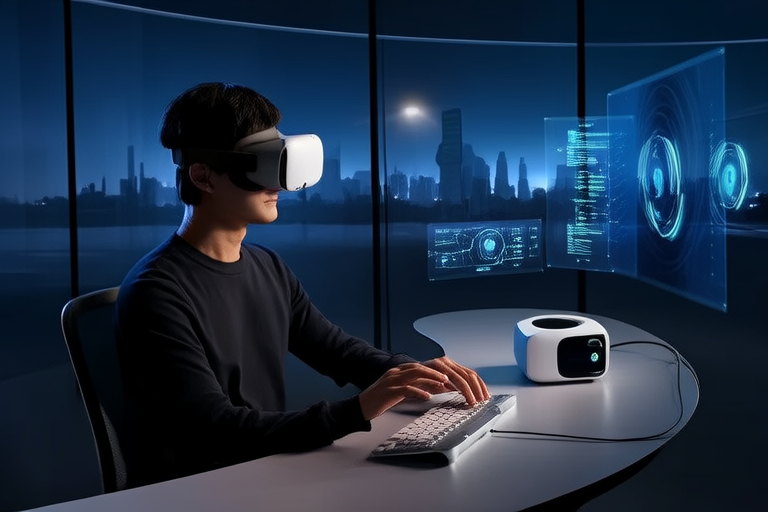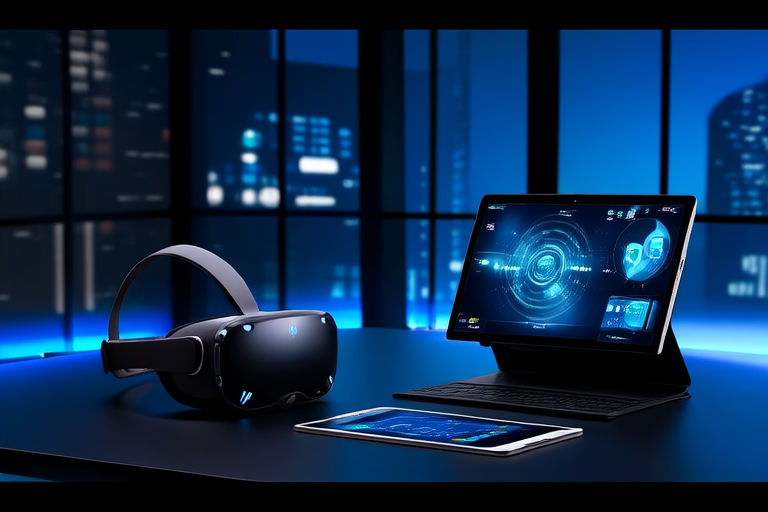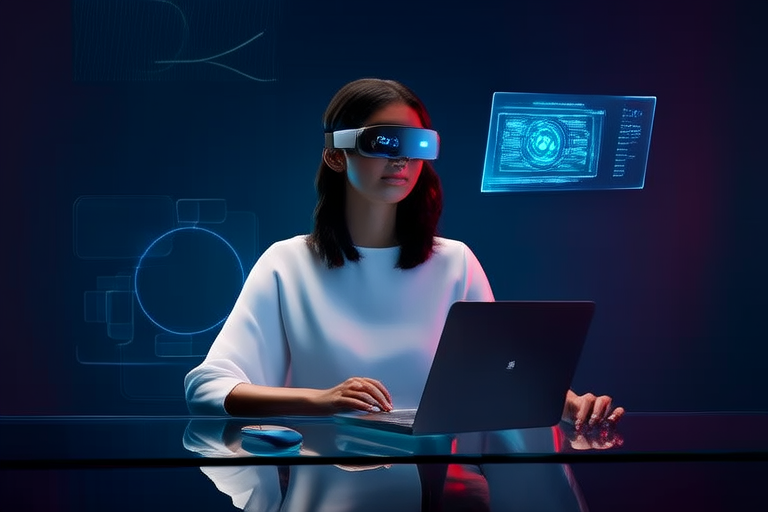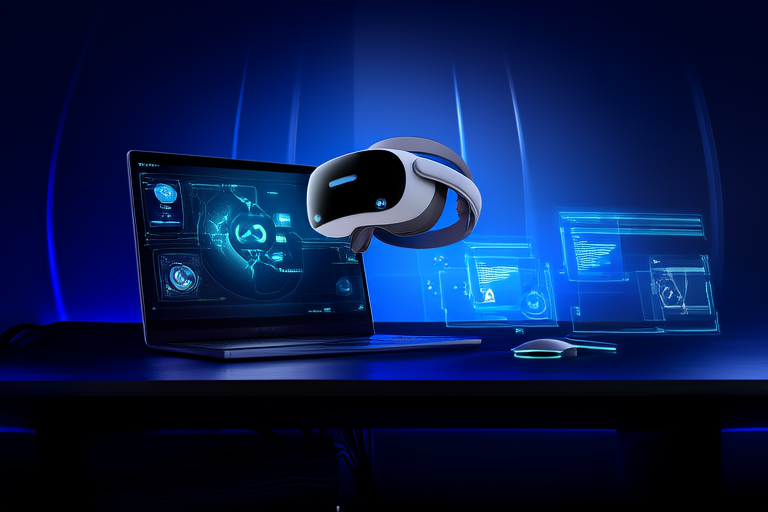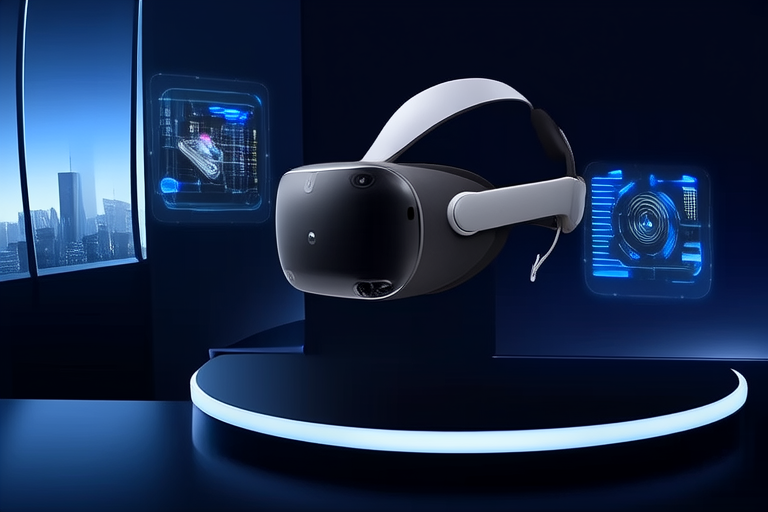Introduction
Virtual Reality (VR) and Augmented Reality (AR) have captured the imagination of tech enthusiasts and consumers alike, often associated with immersive gaming and entertainment experiences. However, these technologies extend far beyond the realm of fun and games. While VR immerses users in entirely digital environments, AR overlays digital information onto the real world, enhancing the user’s interaction with their surroundings. Despite their widespread use in entertainment, VR and AR are increasingly making significant impacts across various industries, transforming the way we work, learn, and live. This article explores the diverse applications of VR and AR beyond entertainment, focusing on their transformative effects on healthcare, education, manufacturing, real estate, and retail.
Healthcare
The healthcare industry has seen remarkable advancements through VR and AR, offering new opportunities for patient care, training, and therapy. VR simulations provide surgeons with realistic training environments, enabling them to practice complex procedures without the risks involved in actual surgeries. For instance, Osso VR offers a platform where surgeons can simulate orthopedic surgeries, improving their skills and reducing errors. Similarly, AR tools assist medical professionals in diagnosing conditions more accurately by overlaying patient data onto their visual field. These technologies are also used in therapeutic settings, helping patients manage pain and anxiety through immersive environments tailored to their needs.
Education
VR and AR are revolutionizing educational experiences, making learning more interactive and engaging. In classrooms, virtual field trips transport students to historical sites, museums, and even outer space, providing immersive learning opportunities. Interactive lessons allow students to manipulate objects and explore concepts in three dimensions, enhancing comprehension and retention. Language learning platforms leverage VR and AR to create immersive environments where learners can practice speaking and listening in real-world scenarios. For example, Mondly VR offers users the chance to practice conversational skills in simulated environments, making language acquisition more enjoyable and effective.
Manufacturing
In the manufacturing sector, VR and AR are improving production processes, enhancing worker safety, and streamlining maintenance tasks. VR training programs enable workers to practice assembly line operations in a risk-free environment, ensuring they are well-prepared before handling machinery. AR tools provide real-time guidance for technicians performing equipment repairs, reducing downtime and increasing efficiency. Companies like Boeing have implemented AR solutions that project step-by-step instructions directly into the technician’s field of view, simplifying complex maintenance tasks. Additionally, VR can simulate hazardous environments, allowing employees to train for emergency situations without endangering themselves.
Real Estate
The real estate industry is experiencing a paradigm shift thanks to VR and AR, which are reshaping property marketing and client experiences. Virtual home tours offer prospective buyers the ability to explore properties remotely, saving time and resources. Augmented reality floor plans enable clients to visualize furniture arrangements and design changes within their current living spaces. Interactive design tools empower homeowners to experiment with different layouts and materials, making the decision-making process more informed and personalized. These technologies enhance the buyer’s experience, fostering engagement and satisfaction.
Retail
VR and AR are also transforming the retail landscape, creating innovative customer experiences that go beyond traditional shopping methods. AR mirrors allow customers to virtually try on clothes and accessories, eliminating the need for physical fitting rooms. VR shopping experiences immerse consumers in virtual stores, offering an interactive and personalized shopping journey. Interactive product demonstrations provide detailed information about products, enhancing consumer understanding and trust. These applications not only improve customer satisfaction but also drive sales and brand loyalty.
Future Prospects
The future holds immense potential for VR and AR across various industries. Emerging trends include the integration of AI, IoT, and blockchain technology, creating more seamless and intelligent systems. However, challenges remain, such as accessibility, cost, and regulatory concerns. As these technologies become more affordable and user-friendly, their adoption will likely increase, leading to further innovation and disruption. The integration of VR and AR with other emerging technologies could lead to groundbreaking advancements in fields like telemedicine, remote collaboration, and autonomous systems. Overcoming current limitations will be crucial to realizing this potential.
Conclusion
In conclusion, VR and AR are not just tools for entertainment; they are powerful enablers of transformation across multiple industries. From enhancing patient care and education to improving manufacturing processes and retail experiences, these technologies offer vast untapped potential. As VR and AR continue to evolve, their impact on our daily lives will grow, promising a future where these technologies play a pivotal role in shaping industries and improving quality of life. By embracing these innovations, we can expand horizons and unlock new possibilities in ways we have yet to imagine.
